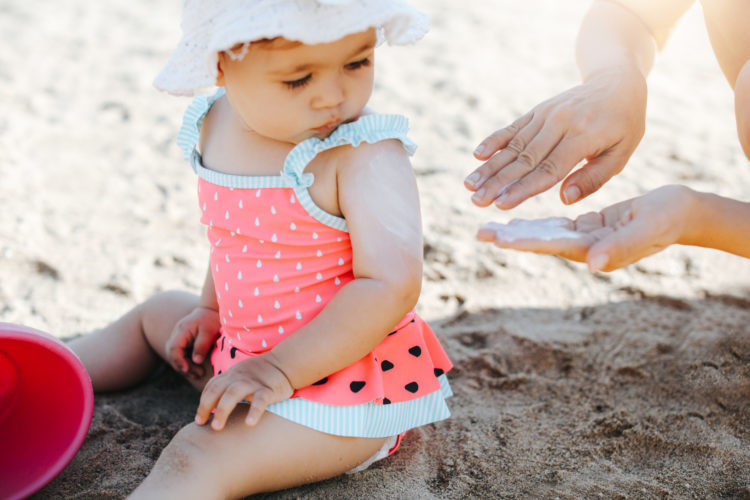Understanding Heat Rash

Heat rash, or prickly heat, is a rash that develops when blocked pores trap perspiration under the skin. Babies are frequent victims of this condition because their sweat glands are underdeveloped. The rash can also affect adults during hot, humid weather.
Heat rash usually clears up on its own, but some forms of the condition may require medical care. Learn more about heat rash so you can determine if you should seek treatment from a dermatologist.
Symptoms of Heat Rash
Different types of heat rash can occur depending on how deep the blocked pores are located. These range from mild heat rash that only affects the sweat ducts on the surface of the skin to an uncommon type of heat rash that affects a deeper layer of skin called the dermis.
While symptoms vary slightly depending on what form of heat rash you have, all types are characterized by small blisters or red bumps and a prickly or intensely itchy sensation. In infants, the rash usually appears on the neck, shoulders, and chest. In adults, common areas for heat rash include the armpits, elbow creases, and groin.
What Causes Heat Rash?
When sweat becomes trapped under the skin, it causes inflammation and, in severe cases, a bacterial infection that can cause inflamed, itchy pustules to form. Newborns have an increased risk until their immature sweat ducts finish developing. Being warm in an incubator, dressing too warmly, or coming down with a fever can cause heat rash in infants.
Adults are at risk in hot, humid weather, especially while engaging in physical activities. Sleeping under an electric blanket or being bedridden for long periods, especially with a fever, may also cause heat rash.
How to Prevent Heat Rash
Protect babies from this painful, itchy rash by dressing them in cool clothes during the summer. Use air conditioning at home and in the car, and don’t leave babies confined to a car seat when not riding in a vehicle.
As an adult, you can prevent heat rash by wearing loose, lightweight clothes and avoiding strenuous exercise during the heat of the day. Also, keep your sleeping area cool and well-ventilated.
Treatments for Heat Rash
If you notice heat rash developing, cool your skin with a wet cloth and escape the heat as fast as possible. The rash should clear up quickly. However, consider visiting a dermatologist if your symptoms last longer than a few days or you notice signs of infection, such as swelling, redness, pus, swollen lymph nodes, fever, or chills.
Topical treatments are often recommended for moderate to severe skin rash. Your dermatologist may recommend calamine lotion to help relieve the itching, anhydrous lanolin to prevent your sweat ducts from becoming blocked, or topical steroids for pain relief in the most severe cases.
To learn more about identifying, treating, and preventing heat rash, please contact Swinyer-Woseth Dermatology in Salt Lake City at 801-266-8841. Our dermatologists would be happy to help you treat this skin condition.
